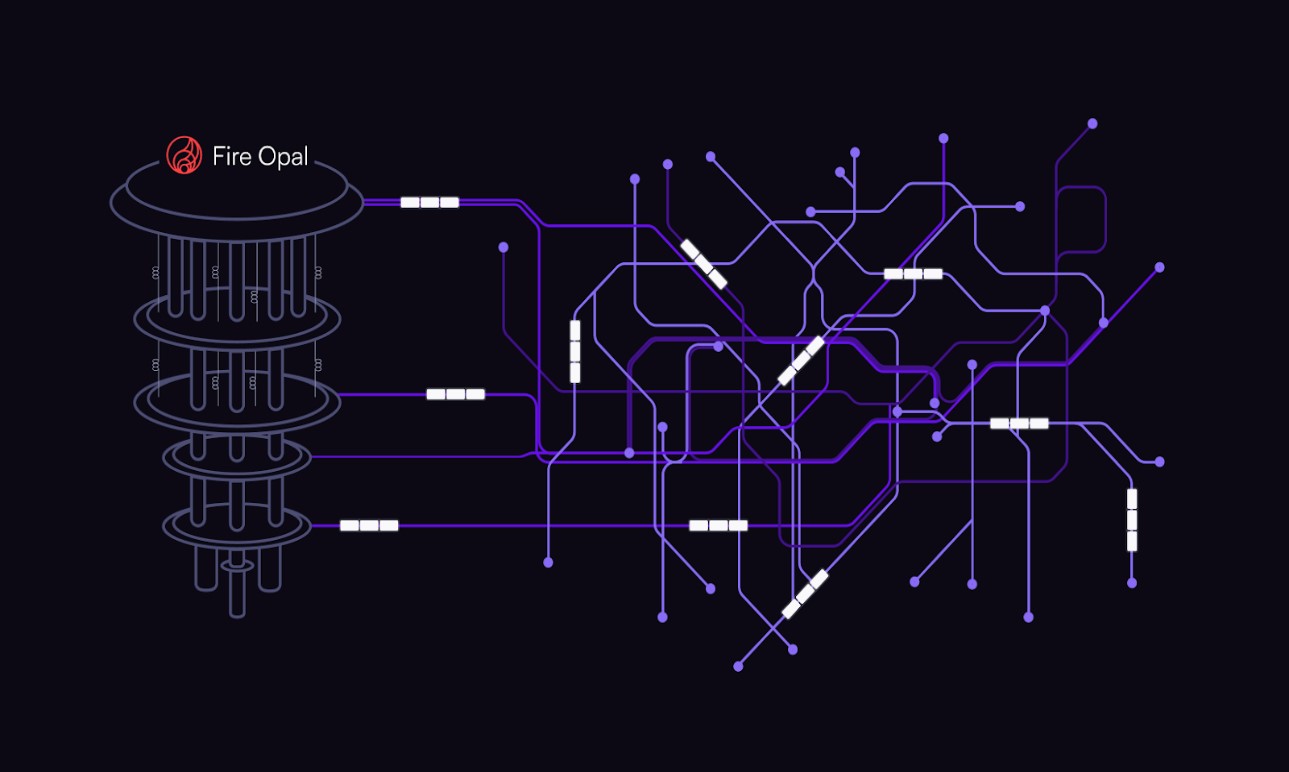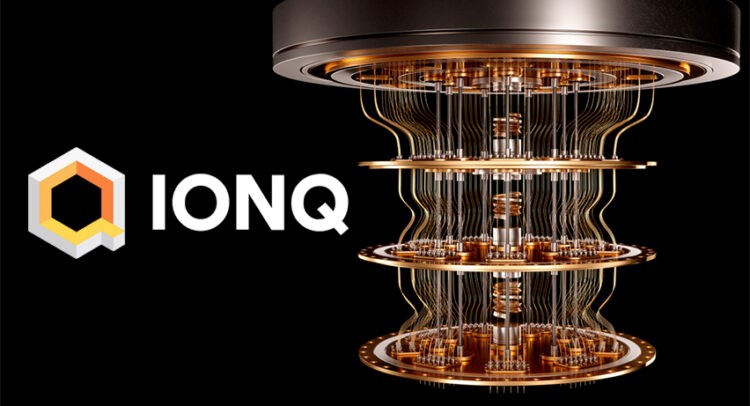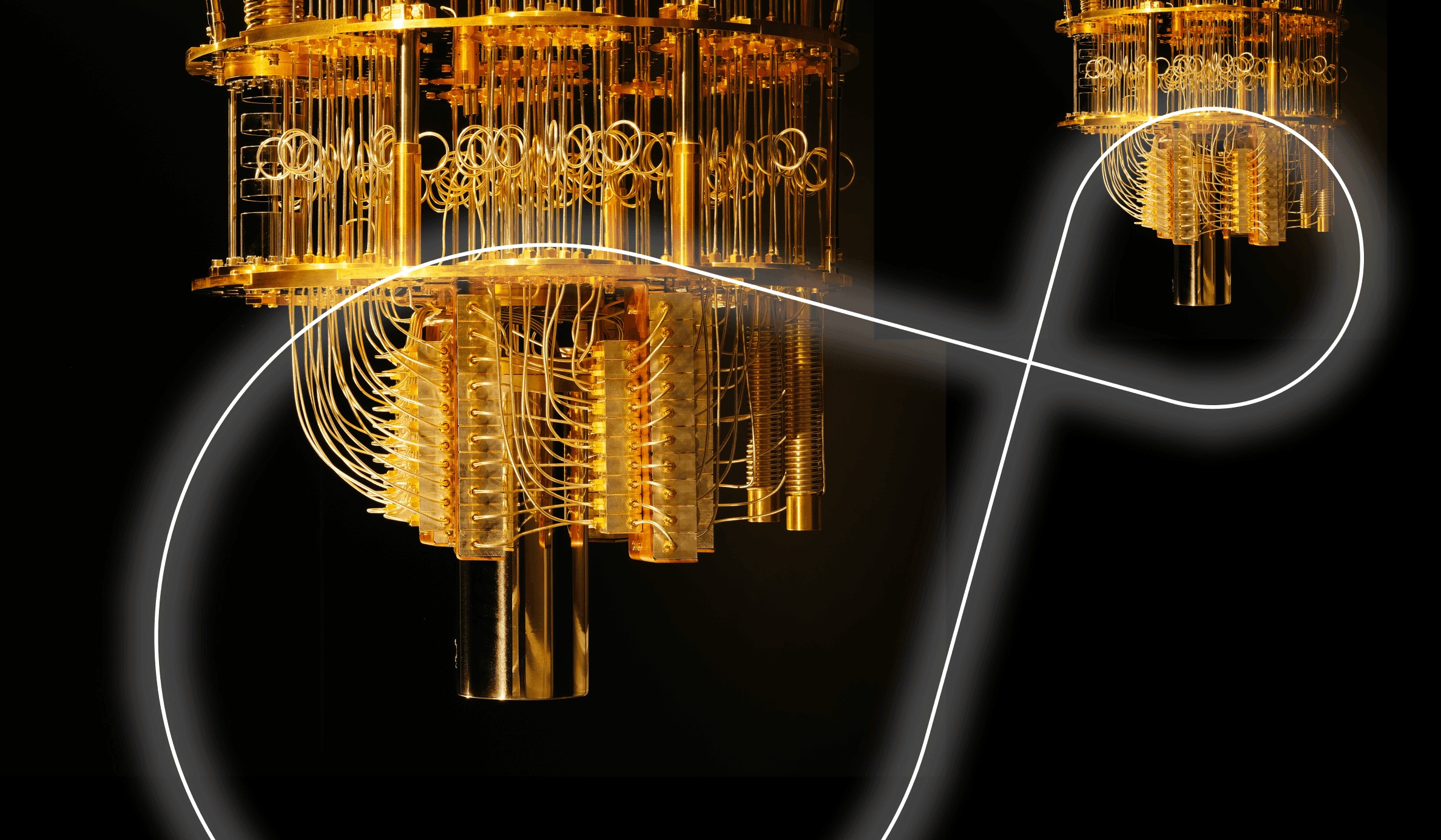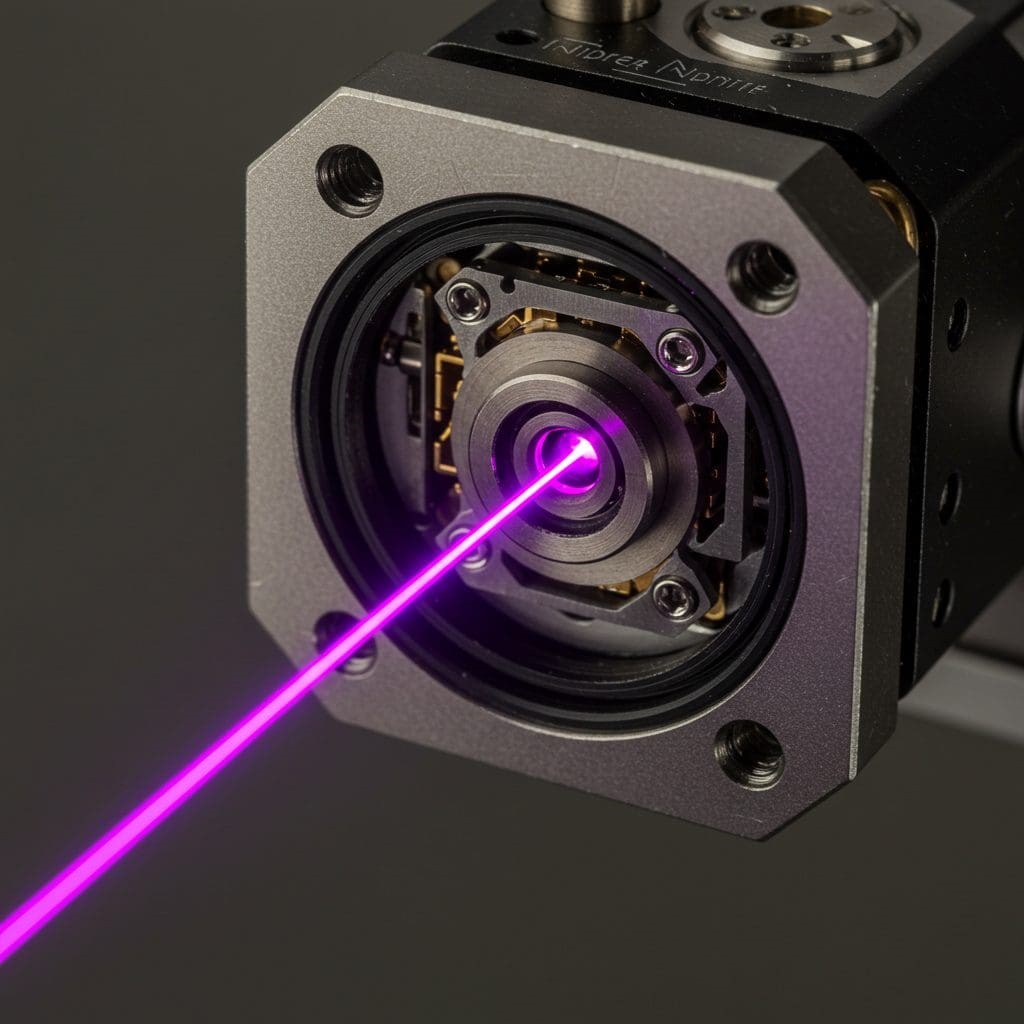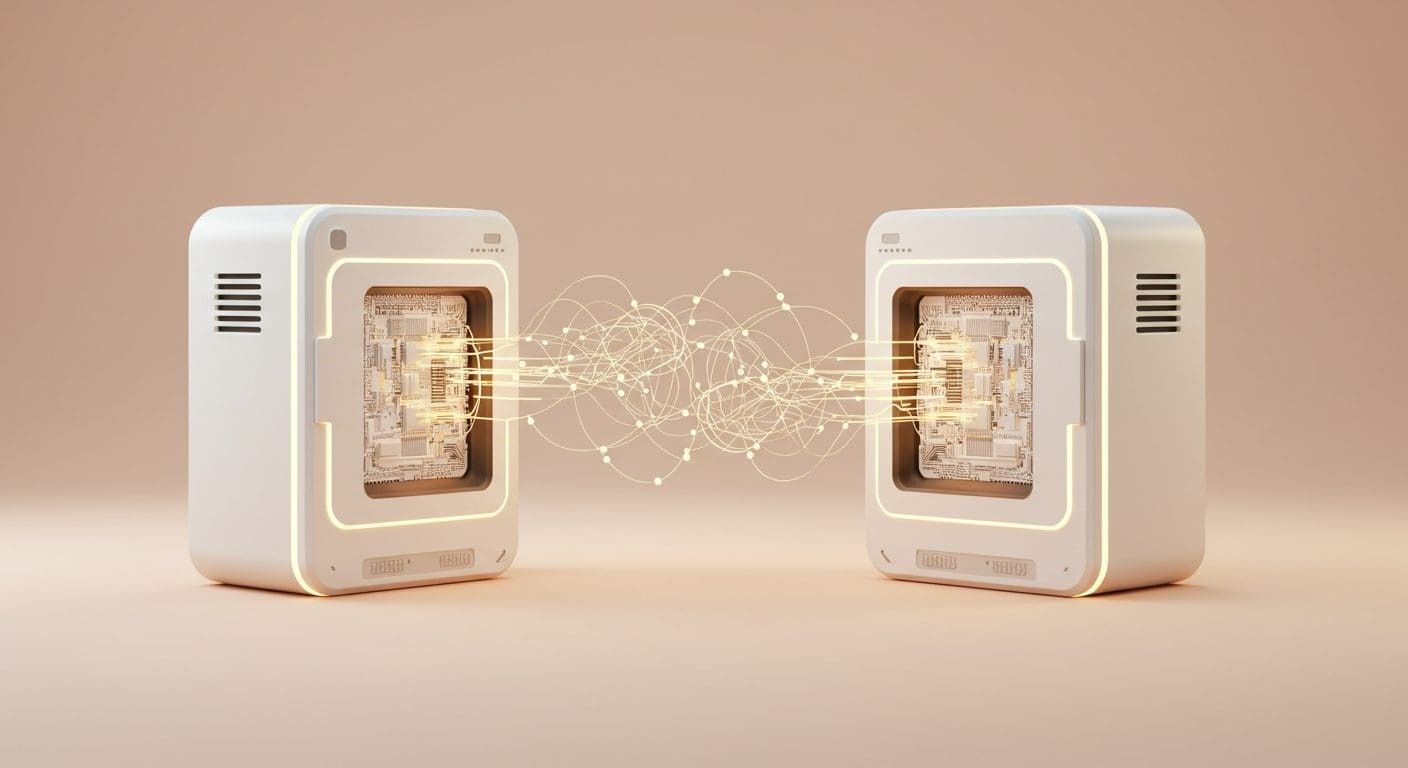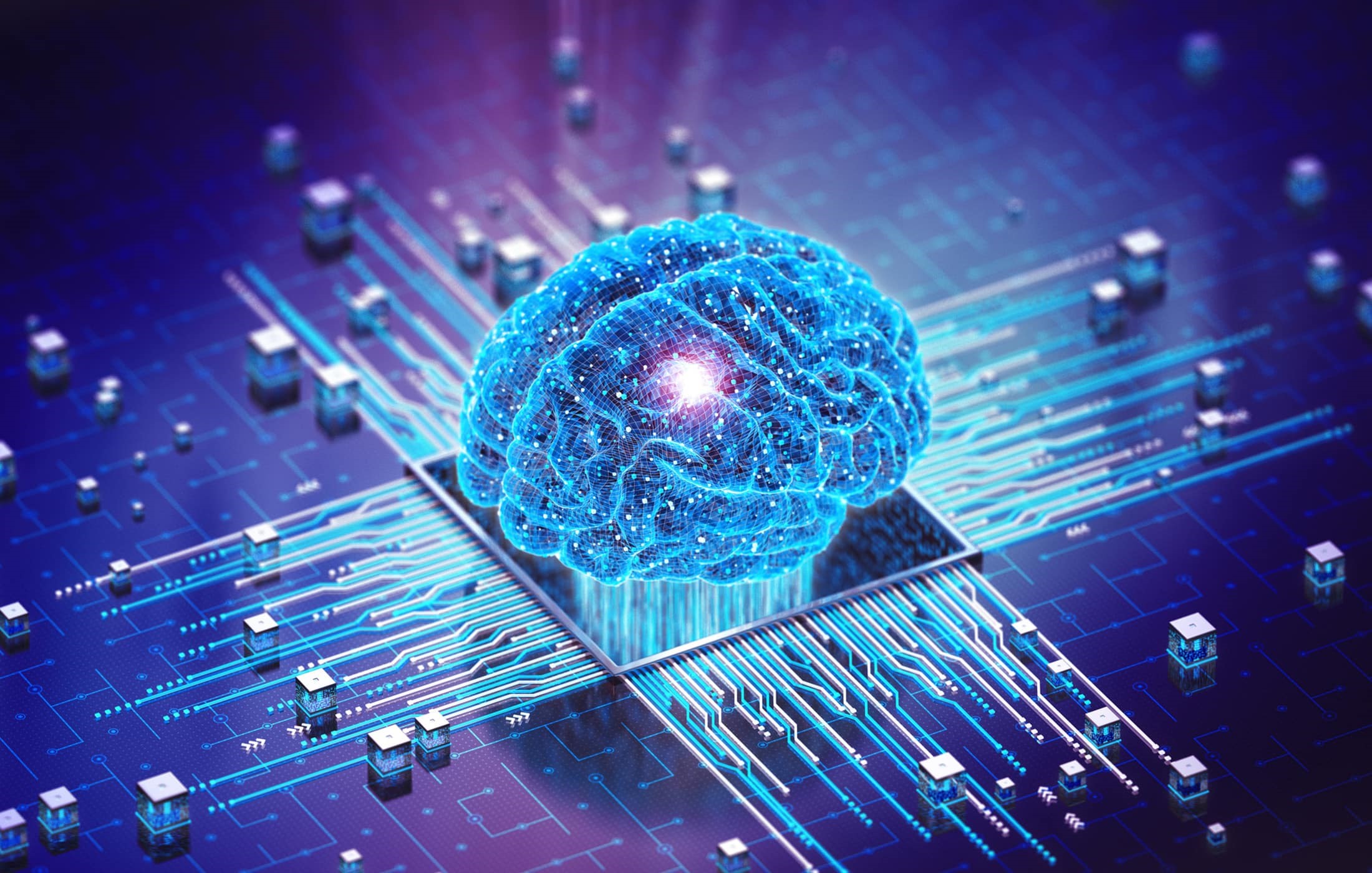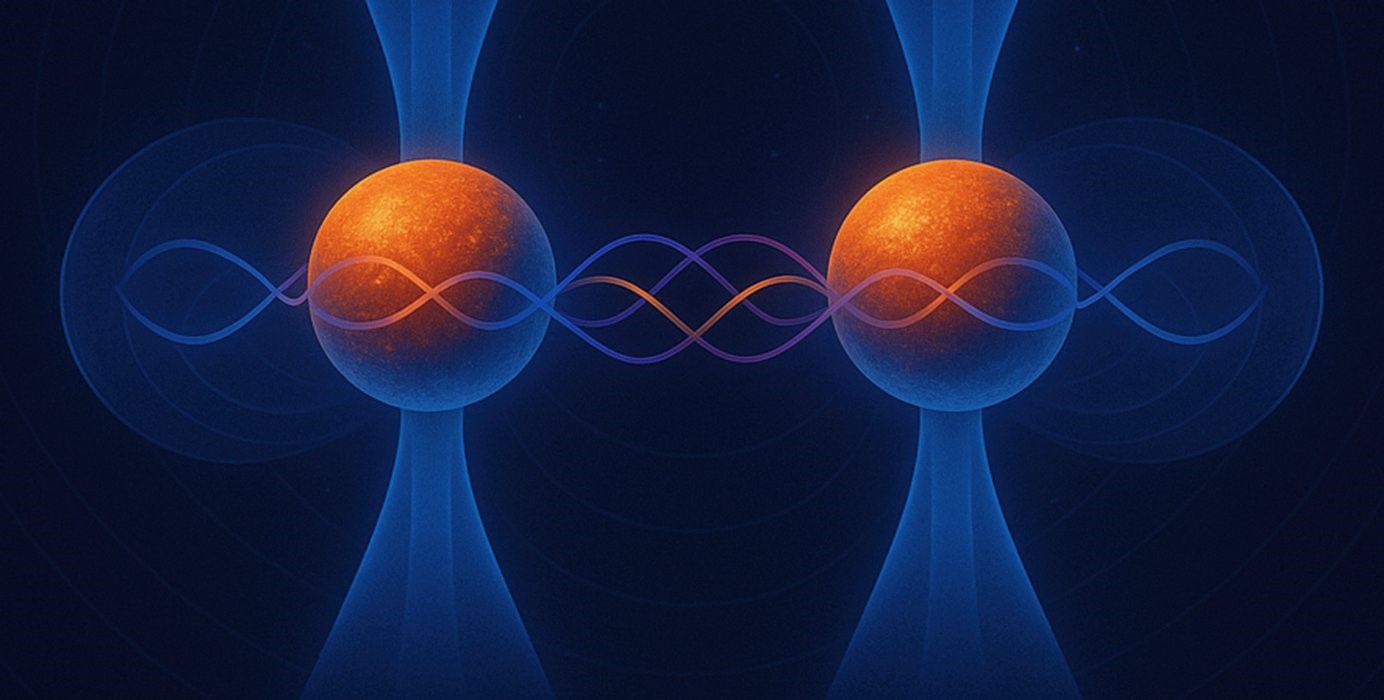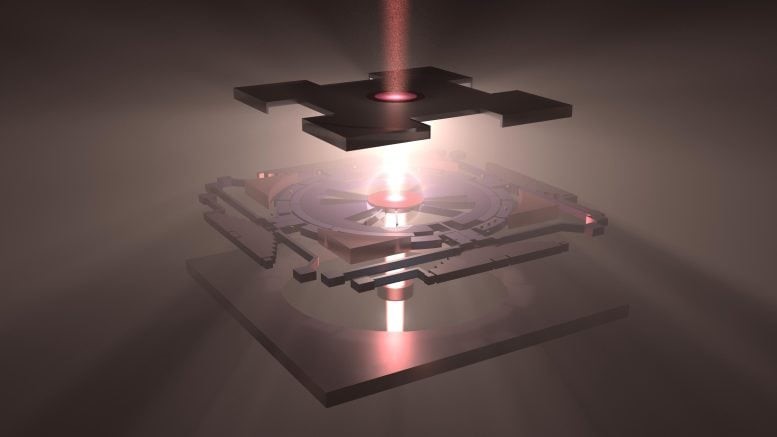Employing a Fermionic Neural Network to Determine the Ground State of Fractional Quantum Hall Liquids
When two-dimensional electron systems are exposed to magnetic fields at low temperatures, they can form intriguing states of matter known as fractional quantum Hall liquids. These exotic states feature fractionalized excitations and display unique topological properties.
Researchers from the Cavendish Laboratory and MIT aimed to deepen the understanding of fractional quantum Hall states by using machine learning. They applied a novel attention-based fermionic neural network (FNN) to identify the lowest-energy quantum state, or ground state, of these fractional quantum Hall liquids, as detailed in their Physical Review Letters paper.

Figure 1. AI Braids Anyons in Quantum Hall Fluid
“AI has revolutionized many fields across society and science, yet a major breakthrough in quantum physics remains elusive,” Liang Fu, co-author of the study, told Phys.org. Figure 1 shows AI Braids Anyons in Quantum Hall Fluid.
He explained that solving quantum many-body problems is incredibly challenging because quantum systems exist as superpositions of exponentially many states—essentially everything happening simultaneously. Their goal was to explore whether AI could overcome these complex quantum challenges.
The recent research led by Fu and his team aimed to evaluate the capability of advanced machine learning techniques in tackling complex quantum problems [1]. To achieve this, they designed a novel fermionic neural network (FNN) and applied it to reveal the underlying electron patterns in topological quantum liquids.
“Our recent work was motivated by the rapid advances in AI, especially the fermionic neural network (FNN), which has shown promise in solving quantum chemistry problems,” said Yi Teng, co-author. “We aimed to show that this neural network-based variational method can also be effective for complex condensed matter systems, which have traditionally been difficult to analyze with conventional numerical techniques.”
Fractional quantum Hall liquids are complex states that arise in two-dimensional electron systems under strong magnetic fields. The computational approach developed by Fu, Teng, and Dai successfully captures intricate physical behaviors, revealing detailed microscopic properties of fermionic quantum Hall liquids and related competing states.
“The fractional quantum Hall liquid features emergent particles that are neither bosons nor fermions, carrying a fractional charge of the electron,” explained Fu. “While experts have made significant progress in this field, many long-standing questions still demand highly accurate numerical solutions beyond what traditional methods can provide. That’s why we decided to explore AI’s capabilities.”
This study is one of the first to highlight the promise of AI and machine learning in investigating fractional phases of matter. By using their fermionic neural network, Fu, Teng, and Dai developed a variational ansatz—a flexible mathematical model that can be optimized to approximate the system’s ground state.
“We employed Monte Carlo sampling to minimize the total energy and identify the ground state,” said Teng. “After extensive benchmarking, we found that neural networks consistently outperform traditional methods. The key advantage of our approach is that it requires no manual input of human biases, allowing the neural network to explore all possible electron states without restricting the Hilbert space.”
The team’s work showcases the potential of fermionic neural networks (FNNs) to study and predict complex quantum states that are otherwise difficult to model theoretically. In their study, the researchers successfully applied their FNN to accurately predict the phase transition of a 2D electron system from a fractional quantum Hall liquid to a Wigner crystal.
“We demonstrate that an unbiased neural network can solve different quantum phases—such as fractional quantum Hall liquids and Wigner crystals—in a unified way with unprecedented accuracy,” said Teng. “This highlights the versatility and power of the neural network–based variational method in quantum condensed matter physics.”
Looking ahead, the model developed by Fu, Teng, and Dai could be further refined to predict quantum phase diagrams of various 2D electron systems. It may also inspire new FNN-based approaches in quantum research and contribute to discovering previously unknown quantum states of matter.
“For me, this project was a mind-blowing experience,” Fu shared. “I am now fully convinced of AI’s transformative potential in quantum science, opening vast new opportunities.”
“Looking ahead, I also believe that tackling difficult quantum problems offers an objective benchmark to evaluate different large language model architectures. Imagine this: no training data is needed for such tests, and performance is measured purely by the variational energy. The best part? The reward is AI solving real quantum phase diagrams and discovering new quantum states of matter.”
For their future work, the researchers plan to apply their FNN-based approach to a broader range of quantum systems [2]. They aim to gain fresh insights into phenomena like non-Abelian states, unconventional superconductivity, and quantum spin liquids.
“Moving forward, I’m excited not only to use AI to solve complex physics challenges but also to use those physics challenges to better understand AI itself,” added David Dai, co-author of the paper.
References:
- https://phys.org/news/2025-05-fermionic-neural-network-ground-state.html
- https://lifeboat.com/blog/2025/05/using-a-fermionic-neural-network-to-find-the-ground-state-of-fractional-quantum-hall-liquids
Cite this article:
Janani R (2025), Employing a Fermionic Neural Network to Determine the Ground State of Fractional Quantum Hall Liquids, AnaTechMaz, pp.256




